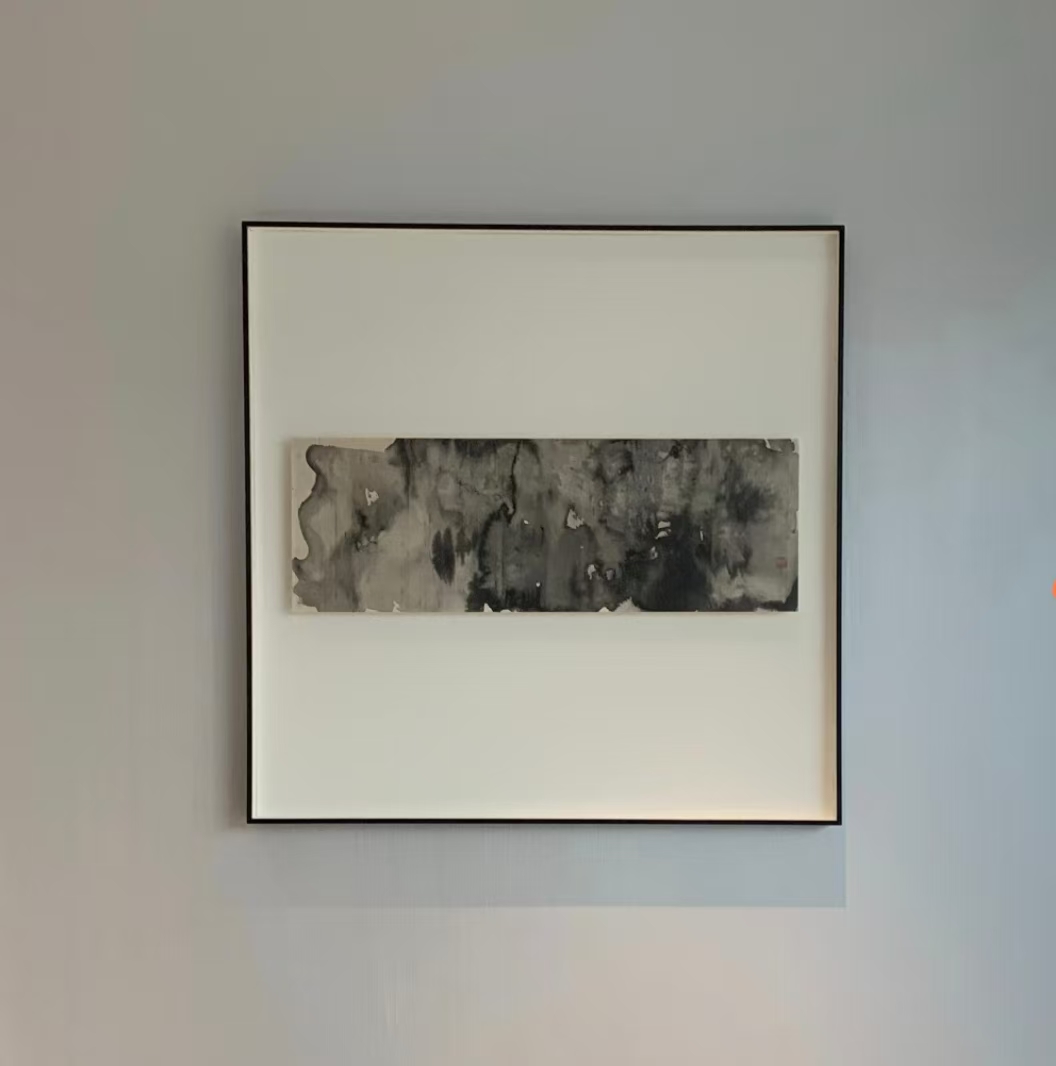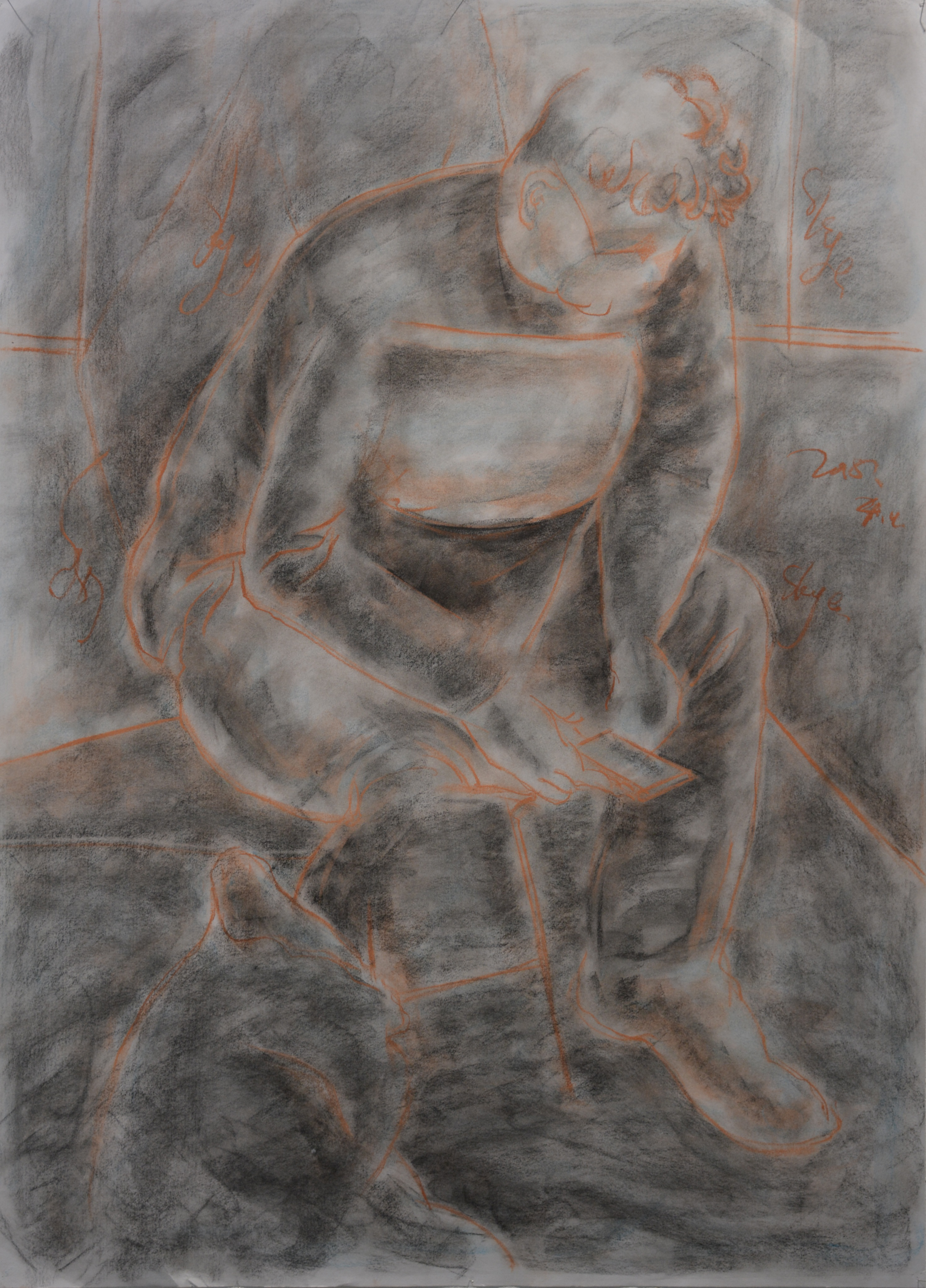Charcoal, with its deep blacks, expressive range, and tactile immediacy, is a beloved medium for artists. However, its very nature – loose, powdery particles held lightly to a surface – makes it exceptionally vulnerable. Protecting charcoal artwork requires understanding these vulnerabilities and implementing specific, careful practices from the moment of creation through to display and storage.
Creating a charcoal drawing is a delicate process, and ensuring its longevity requires careful attention to every step—from choosing the right surface to framing and ongoing care. Below, we explore the key principles and techniques to make your charcoal artwork stand the test of time.
The surface you choose sets the stage for your drawing’s durability. Cheap, acidic wood-pulp papers are a poor choice—they yellow and become brittle over time, risking stains on your work. Instead, prioritize 100% cotton rag paper or acid-free drawing papers, which are pH-neutral and free of lignin, ensuring stability.
Consider the tooth of the paper—the texture that grips charcoal particles. A moderate to heavy tooth holds the medium securely, reducing the chance of powder lifting during handling or fixing. Smooth surfaces, while appealing for certain effects, offer less grip, making drawings more fragile. For added resilience, opt for heavier paper weights (180gsm / 90lb or higher) to prevent warping from fixative or humidity changes.
For ultimate stability, consider rigid surfaces like acid-free museum board or archival mat board. These eliminate buckling concerns, though they sacrifice the flexibility of paper.
Pro Tip: Always check the paper’s archival quality label to ensure it’s lignin-free and pH-neutral.

Charcoal drawing often feels like painting, with its rich, expressive possibilities. However, your application technique directly impacts the artwork’s longevity.
Start with light, gradual layers, working from light to dark. Heavy, dense applications create unstable top layers that are prone to smudging or flaking due to weak adhesion to the paper. A light touch is crucial—excessive pressure embeds charcoal too deeply into the paper fibers, complicating corrections and risking surface damage, or creating thick layers that may flake off.
When blending with tools like stumps, tortillons, or even your fingers, proceed with care. Over-blending can push charcoal particles between paper fibers rather than anchoring them on top, reducing fixative effectiveness. Similarly, avoid aggressive erasing, which can damage fibers and leave residue that interferes with future layers or fixative adhesion.
Once your drawing is complete, preservation becomes the priority. Here’s how to protect it effectively.
To stabilize the charcoal, use a professional-grade artist’s fixative designed for charcoal or pastels. Avoid cheap hairsprays or craft fixatives—they’re acidic, can discolor paper, and may become sticky over time.
• Application: In a well-ventilated area, hold the can 12-18 inches from the artwork. Apply multiple light, even coats, letting each dry fully (per the manufacturer’s instructions). A heavy coat risks saturating the paper, causing warping or permanent dark spots.
• Practice First: Test your spray technique on a scrap piece to perfect your approach.
Charcoal drawings are fragile. Always handle them by the edges, ideally wearing clean cotton gloves to avoid transferring skin oils or smudging the surface. During creation or before fixing, protect the drawing with a glassine cover sheet to shield it from accidental contact.
Store finished drawings flat in an acid-free portfolio or between acid-free boards, interleaved with glassine. Rolling is a no-go—it stresses the paper and risks cracking the charcoal layer. Keep storage areas cool, dry, and dark, avoiding attics, basements, or spots near radiators or pipes, where humidity fluctuations can destabilize the artwork.
Framing is your drawing’s final defense, offering both physical and environmental protection. Here’s how to do it right:
• Mounting: Use acid-free, conservation-grade matboard to keep the drawing from touching the glazing. This prevents acid migration and physical damage. Ensure the mat window is cut precisely to avoid obscuring the artwork.
• Attachment: Secure the artwork with conservation-approved hinges (Japanese tissue paper with wheat starch paste or acid-free archival tape). These allow natural paper movement without stress. Avoid dry mounting, pressure-sensitive tapes, or rubber cement, which can cause irreversible damage.
• Glazing: Choose UV-filtering glass or acrylic (e.g., Optium Museum Acrylic®). Acrylic is lighter and shatterproof but prone to scratching; glass offers clarity but is heavier and breakable. Ensure the glazing is spotless before sealing.
• Sealing: Use acid-free, rigid conservation board for the backing and seal the frame with acid-free framer’s tape to create a dust- and humidity-resistant microclimate.
• Hanging: Secure the frame with D-rings and braided picture wire suited to its weight. Avoid hanging in direct sunlight, near heat sources, or in high-humidity areas like bathrooms.

Preserving charcoal artwork doesn’t end with framing—it’s an ongoing process.
Choose display locations wisely. Even with UV-filtering glazing, avoid direct sunlight or strong indirect light, which can cause fading over time. Keep artworks away from radiators, air vents, fireplaces, or damp exterior walls. Aim for a stable environment: 18-22°C (65-72°F) and 40-50% relative humidity, monitored with a hygrometer.
Never attempt to clean the charcoal surface directly. Dust the outside of the glazing with a soft microfibre cloth slightly dampened with water or lens cleaner. Spray cleaner onto the cloth, not the glass, to avoid seepage. For issues inside the frame, consult a professional paper conservator.
Regularly inspect framed works for condensation, dust infiltration, artwork movement, or changes in appearance. Early detection can prevent permanent damage.
Final Note: With the right materials, techniques, and care, your charcoal drawings can remain vibrant and intact for generations. Treat them with the respect their artistry deserves.
Charcoal, in its elemental simplicity – born of fire and captured on fragile cellulose – speaks with a profound immediacy. Its vulnerability is intertwined with its expressive power; the very softness that allows for velvety depths and subtle transitions demands our vigilant guardianship. From the deliberate choice of a receptive, archival surface to the meticulous sealing of a protective frame, each step honours the artist's intention and safeguards the artwork's silent dialogue with future viewers.
Preservation is not merely a technical act, but an act of respect for the creative moment frozen in carbon. It ensures that the whisper captured on paper today continues to resonate, clear and untarnished, for generations to come.
Hi, I’m Philo, a Chinese artist passionate about blending traditional Asian art with contemporary expressions. Through Artphiloso, my artist website, I share my journey and creations—from figurative painting and figure painting to floral oil painting and painting on landscape. You'll also find ideas for home decorating with paint and more.

Use archival paper, apply professional fixative, handle with care, and frame with UV protection. Avoid light, heat, and humidity.
Store flat in acid-free folders with glassine sheets. Keep in a cool, dry, and dark place—never roll them.
Proper framing using conservation-grade materials (acid-free mat, UV-filtering glazing, sealed backing) is paramount for displayed work, creating a stable microclimate.
No. Hairspray is acidic, attracts dirt, yellows paper, and offers inadequate protection. Always use a professional artist's fixative.
Re-fixing is generally not recommended and can be risky. It's best applied only by a conservator if absolutely necessary. Focus on preventive care (good framing, environment).
Both UV-filtering options work. Acrylic (e.g., Optium Museum Acrylic®) is lighter and shatterproof but scratches easier. Glass offers more clarity but is heavier and breakable. Choose based on artwork size and location.
Clean only the outside of the glazing gently with a soft, slightly damp microfibre cloth. Never attempt to clean the charcoal surface itself. Consult a conservator for internal dust or artwork issues.
